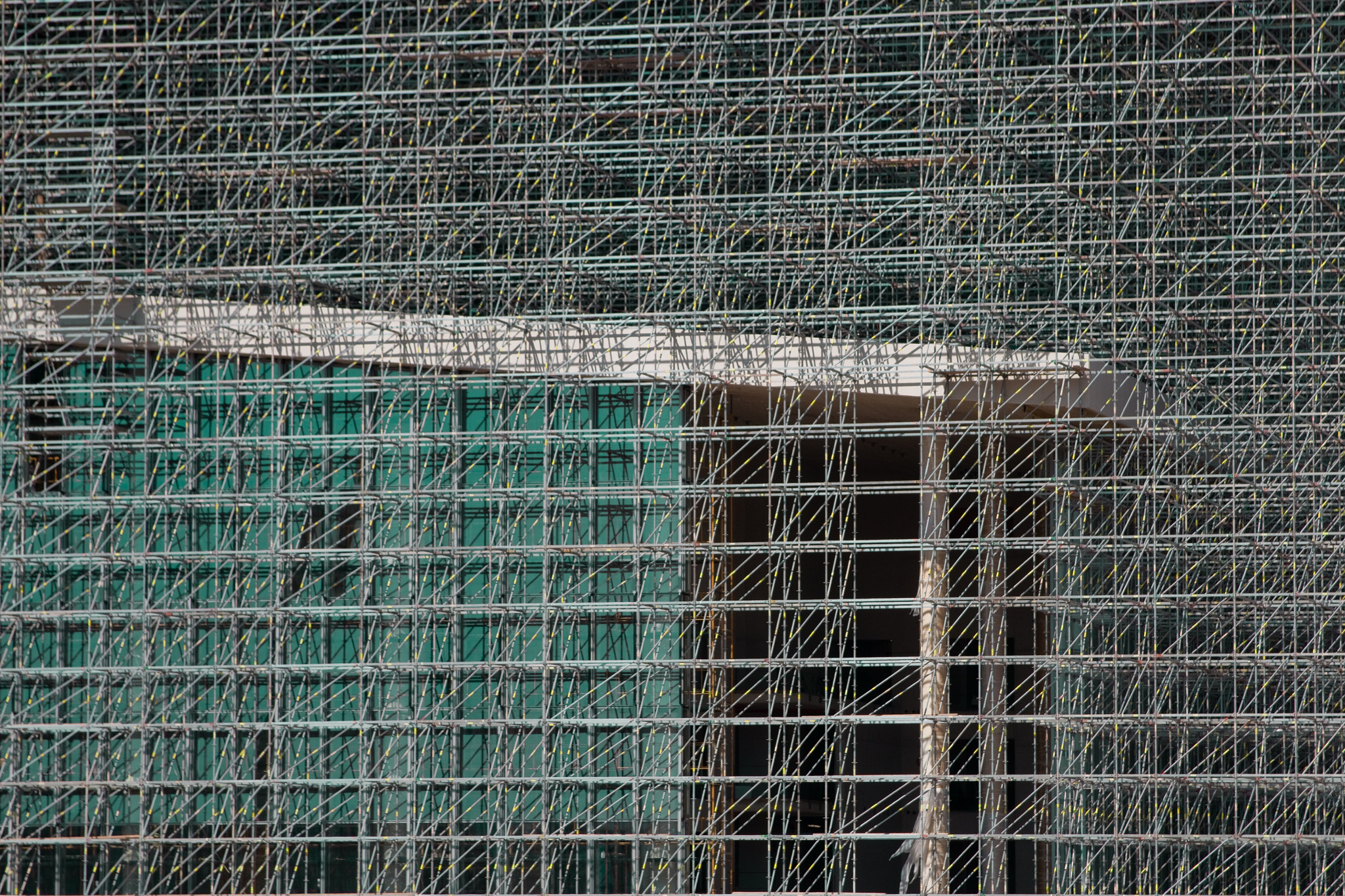
Acrylic paints are beloved by artists for their rapid drying time, brilliant hues, and unmatched versatility but, like all artistic materials, they are susceptible to deterioration over time without proper preservation strategies. Integrating carefully formulated additives is a proven method to extend the usable life of acrylic paint.
Small quantities of these substances are blended in to fine-tune performance while preserving the paint’s essential composition.
Additives can significantly delay premature drying by reducing the rate at which water evaporates from the paint film—a crucial advantage for those who prefer extended open times. Formulas like retardant mediums and site (http://www.seong-ok.kr/bbs/board.php?bo_table=free&wr_id=5929939) viscosity modifiers are engineered to prolong wet edge performance, enabling flawless color blending and more precise control.
Many artists encounter brittleness and surface splitting when paint dries too quickly or in dry climates. Using flexible binders helps the paint retain its resilience across temperature fluctuations and physical stress—making the finished work more resistant to damage.
Certain additives also boost resistance to ultraviolet radiation—a critical feature, since acrylic paint offers better lightfastness than traditional alternatives, they can still faint or lose vibrancy when displayed in direct sunlight. Adding archival-quality protectants ensures pigments retain their original tone over time.
Additionally, some additives improve the paint’s ability to bond with unconventional surfaces such as raw canvas, MDF, and composite panels, reducing the risk of peeling, lifting, or delamination. It ensures the paint adheres firmly regardless of surface texture across multiple environmental stresses.
Never substitute generic additives without verifying compatibility with acrylic resins. Excessive use can compromise the paint film, causing cloudiness, stickiness, or reduced durability. A small amount often delivers maximum benefit—always test on a scrap surface first.
Strategic use of these agents transforms how acrylics perform and endure—whether the aim is to extend open time, enhance elasticity, block UV damage, or boost adhesion. Proper additive use elevates both craft and longevity. This lowers the need for frequent repainting but also preserves the emotional impact of your work for decades.

